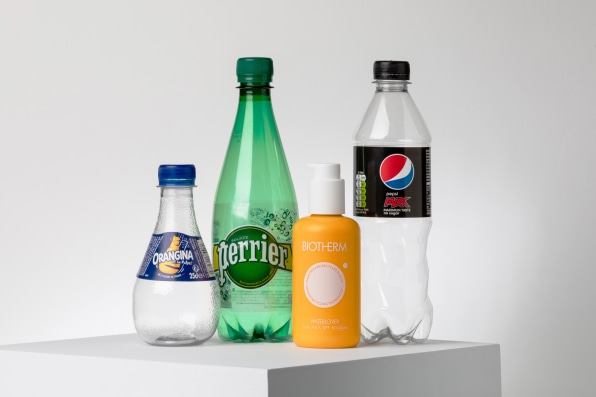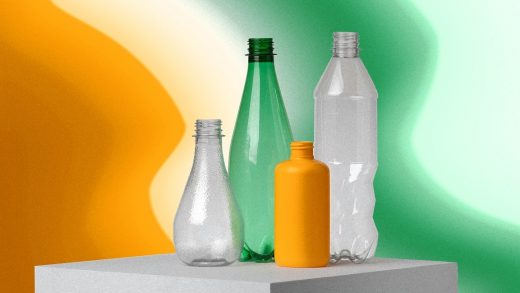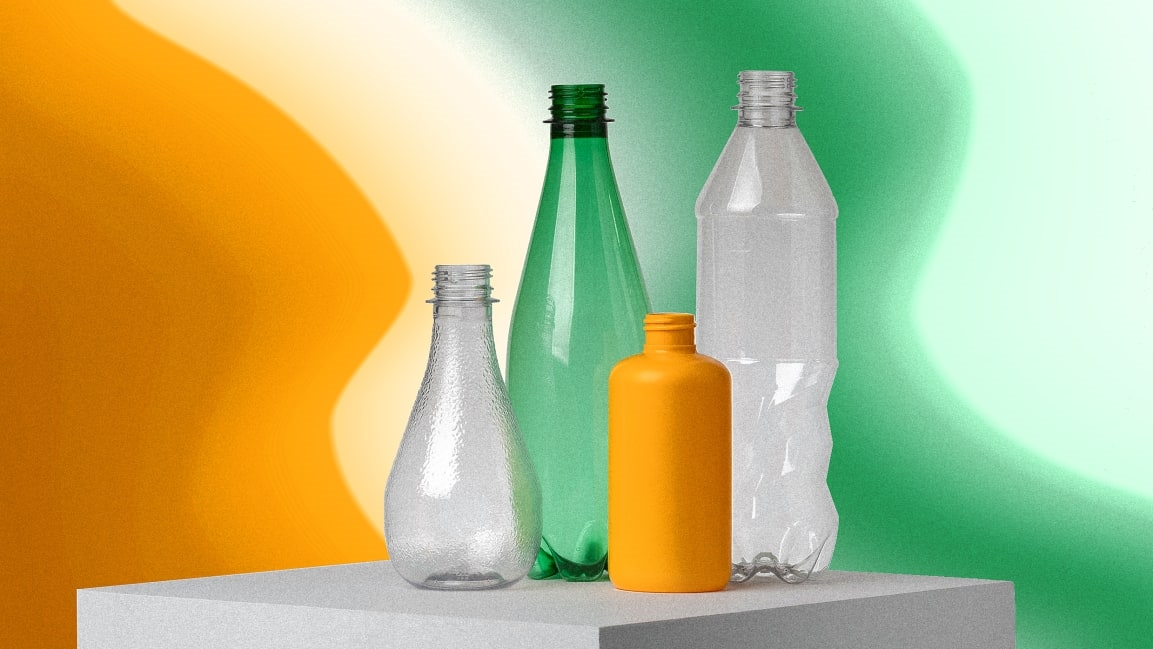These bottles are the first made from plastic recycled by enzymes
The tech makes it easier to recycle plastic that might otherwise be trashed. Currently, traditional recycling involves chopping up plastic, then washing and melting it. For a drink company, it’s only possible to recycle other old drink bottles; even if other items are made out of PET, the material used to make bottles, it might be contaminated with non-food-grade material.
“What that means is we’re not able to use quite a lot of other waste [PET] material which is out there in the world, which would otherwise just go to landfill,” says Ron Khan, vice president of beverage packaging at PepsiCo, which is part of an industry consortium working with Carbios to help scale up the technology. “This new technology allows us to use all those materials which we normally wouldn’t otherwise be able to use.” Traditional mechanical recycling also eventually “downcycles” the plastic into a lower-quality material.

Instead of breaking down plastic into tiny pieces that are melted, the new process breaks down the material into its basic molecular building blocks. By “depolymerizing” the PET, “we get back to the exact chemical molecules, which come from fossil fuels,” Khan says. “Those exact molecules are sort of plug and play for the PET manufacturers.” The recycling process can happen repeatedly without a loss in quality.
PepsiCo—along with L’Oréal, Nestlé Waters, and Suntory Beverage & Food Europe—has been helping the small startup with R&D so it can move faster. Each company is also testing the recycled material in the new bottles to make sure it meets quality standards for their various products, from soda to makeup.
For brands, the new technology could help with supply of recycled plastic. Pepsi is shifting to 100% recycled PET for its drink bottles in Germany, Spain, and some other European countries this year, and others next year. Globally, it plans to hit a target of 25% recycled content in all plastic packaging by 2025. (The company is also working on some other alternative materials and new models, like refillable bottles with products like SodaStream.)
In countries where PET recycling rates are high—like Norway, where more than 90% of bottles are recycled—it isn’t challenging to use traditional recycling. In other areas, being able to recycle more than bottles can help fill a gap. Anything made from PET, from polyester clothing to carpet, could be safely turned into new plastic.
Building new recycling facilities at the necessary scale will be challenging. Carbios plans to begin building a demonstration plant this fall, and to launch an industrial facility by 2025. At scale, Khan says, the new plastic could compete in cost with traditionally recycled plastic.
(38)



